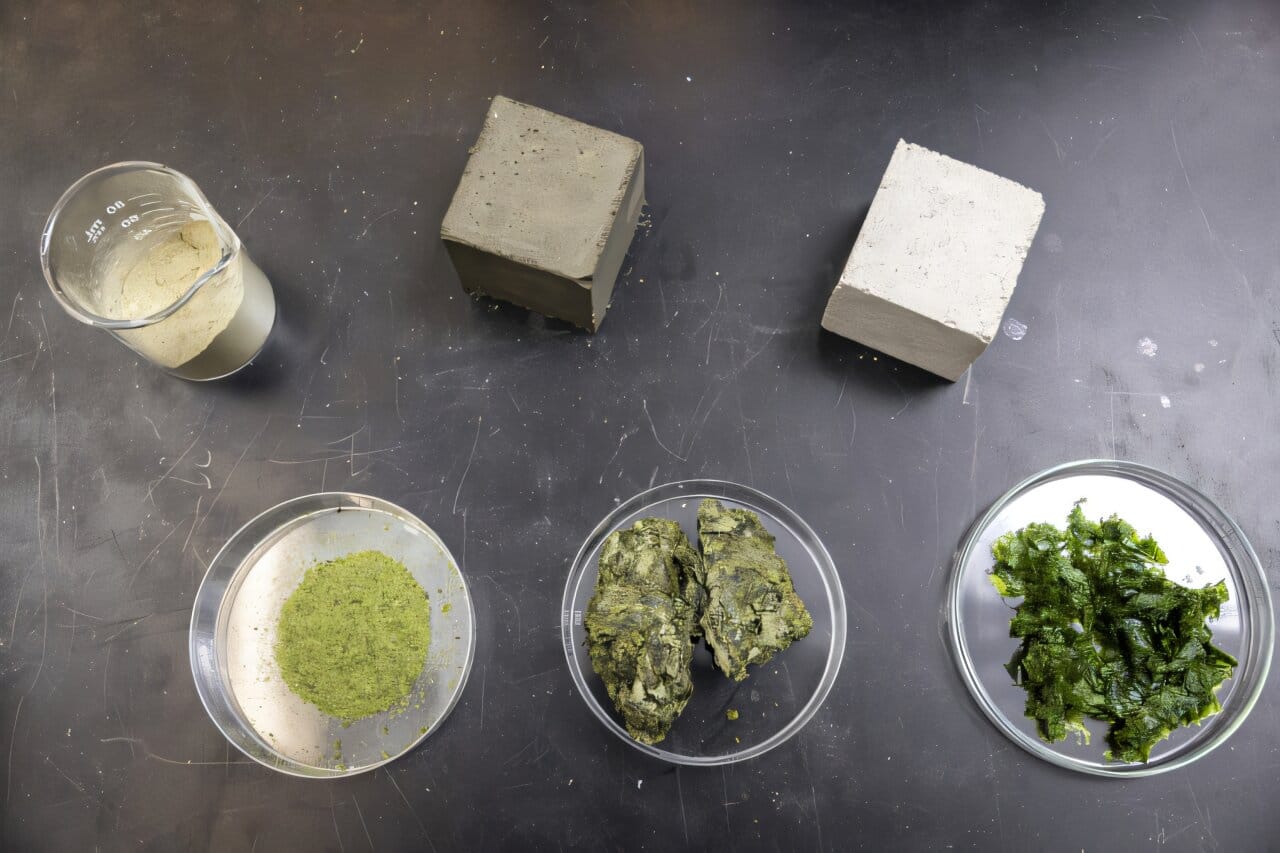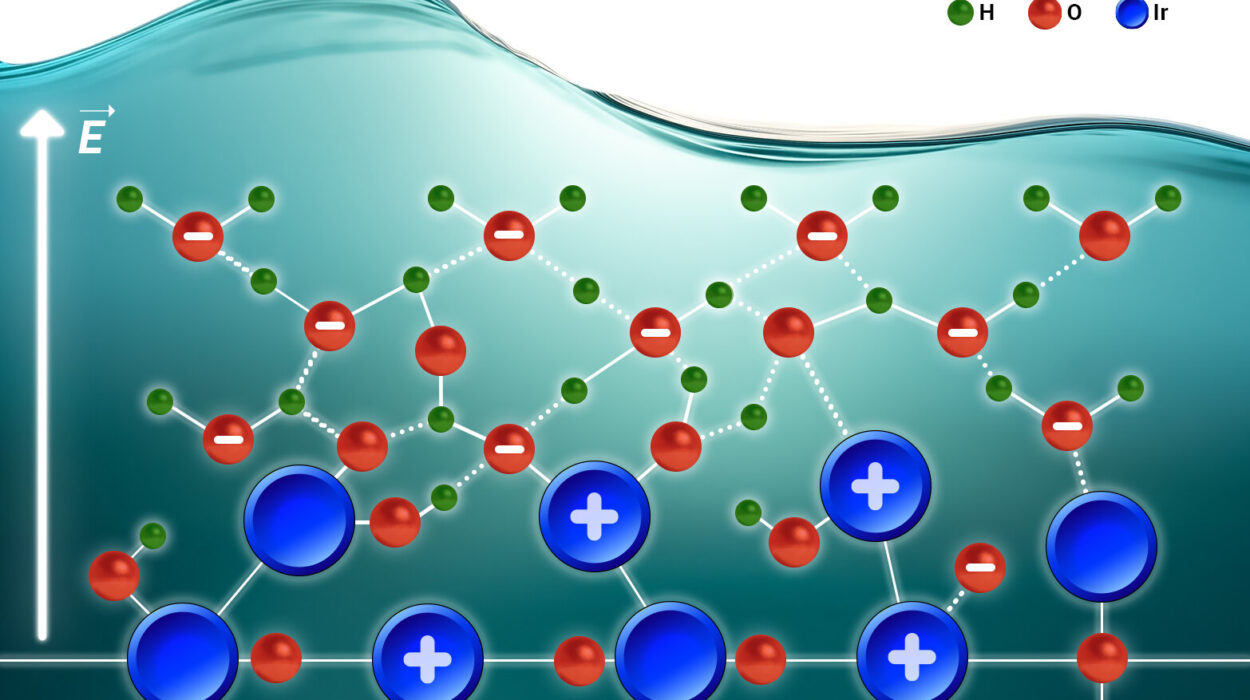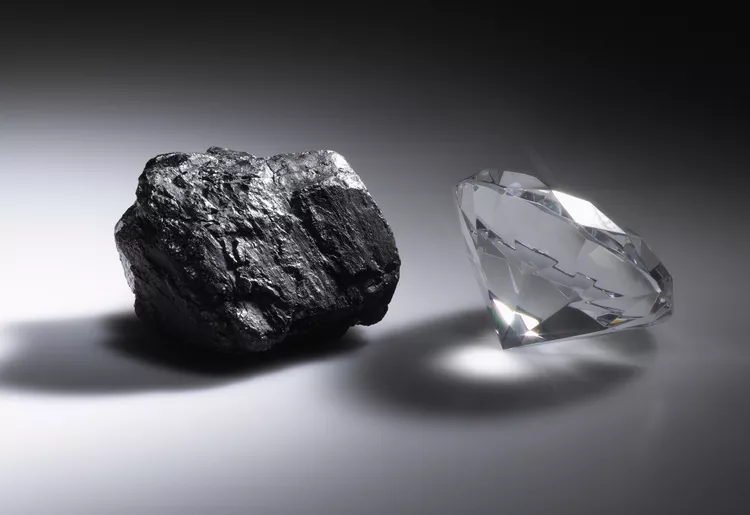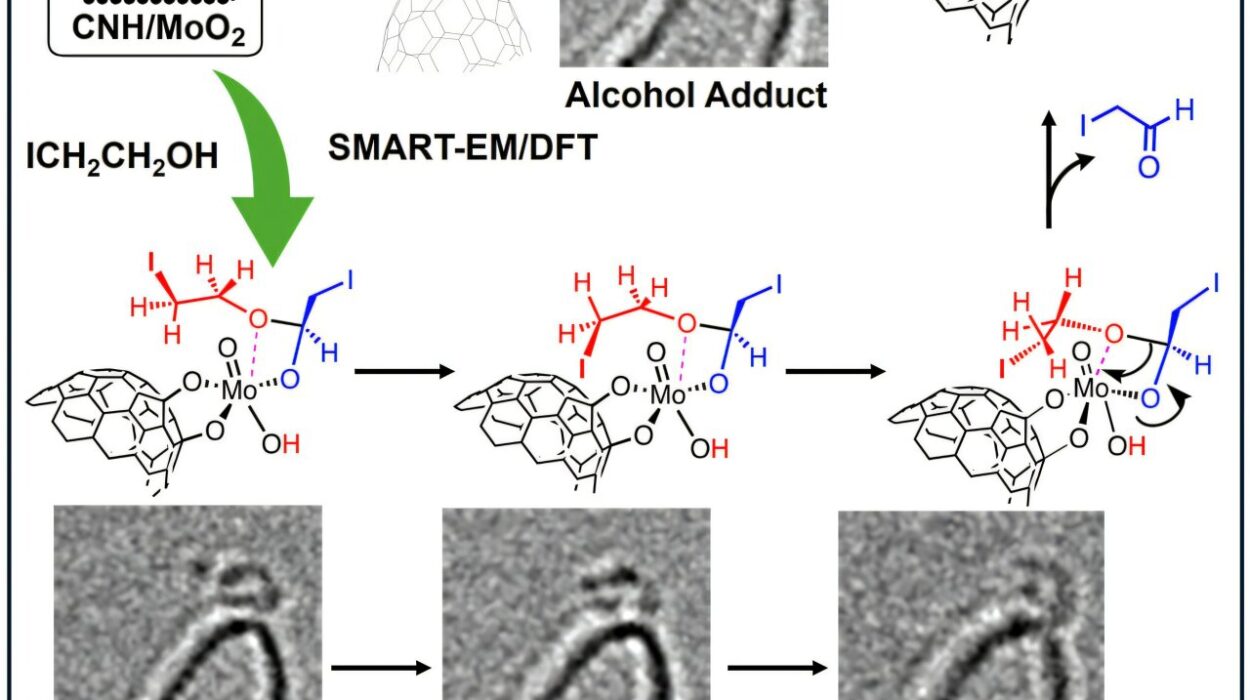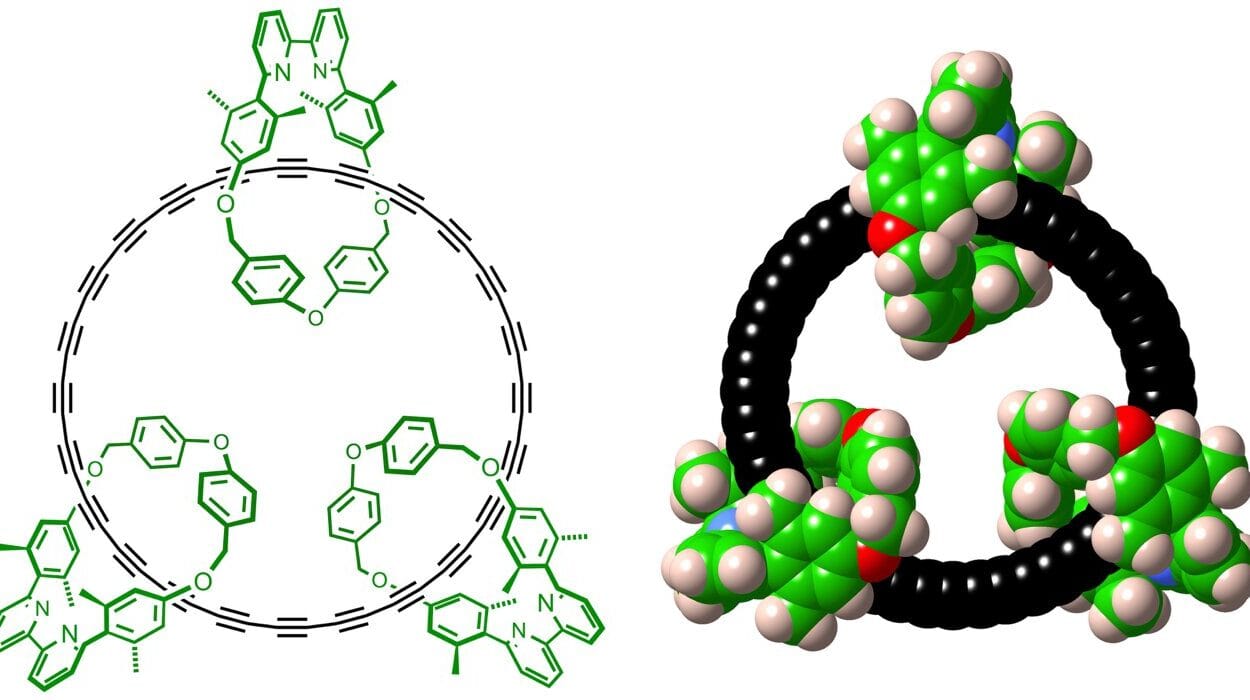Every skyscraper, bridge, highway, and sidewalk tells the same hidden story. Beneath the glass and steel, beneath the urban hustle and suburban sprawl, lies a foundation made of one humble, gray material—concrete. It is the literal bedrock of the modern world. More than 30 billion tons of it are poured, molded, and hardened every year. Only water surpasses it in human consumption.
But that convenience comes at a cost. A cost that is rising with every new building, every highway expansion, every mile of new urban sprawl. Concrete’s chief ingredient—cement—comes with a staggering carbon footprint. For every kilogram of cement produced, nearly a kilogram of carbon dioxide is released into the atmosphere. Scale that up across the globe, and the numbers become chilling. Cement production alone is responsible for up to 10% of total CO₂ emissions worldwide.
In the face of climate change, the built environment is no longer just a shelter—it is part of the problem. But a new breakthrough suggests it might soon be part of the solution. At the intersection of marine biology, materials science, and artificial intelligence, scientists at the University of Washington and Microsoft are showing that the future of concrete might begin in the sea.
An Unlikely Hero from the Ocean
The idea sounds almost whimsical at first: mix seaweed with cement to create low-carbon concrete. But this isn’t a thought experiment. It’s now a scientific reality. Eleftheria Roumeli, an assistant professor of materials science and engineering at the University of Washington, and her team have discovered that dried, powdered green seaweed can replace a portion of cement in concrete without sacrificing strength—and with a dramatic reduction in carbon emissions.
Their findings, recently published in Matter, demonstrate that this seaweed-infused cement has a 21% lower global warming potential than traditional formulas. That’s a significant reduction—one that could help turn one of the world’s dirtiest industries into a surprising ally in the fight against climate change.
Seaweed isn’t just abundant and renewable. It’s a carbon sink. It pulls CO₂ from the atmosphere as it grows and locks it away in its tissues. Unlike the heat-intensive, fossil-fueled, calcination-driven process of making cement, seaweed grows silently, with sunlight and seawater as its only fuel.
That biological elegance becomes chemical magic when incorporated into cement. The plant’s structure and composition bring strength, flexibility, and resilience—key traits needed in any concrete formulation. But finding the right mix wasn’t easy.
From Ocean to Algorithm
The challenge with concrete isn’t just its ingredients—it’s the curing time. A new concrete mixture takes up to a month to fully set before its strength and performance can be tested. That means even small changes in the recipe—altering water content, tweaking additives, substituting materials—can take years of trial and error to refine.
Roumeli estimated that, using traditional methods, it would have taken five years to arrive at the ideal seaweed-cement blend. But the team had another tool at their disposal: machine learning.
Partnering with researchers at Microsoft, the team built a custom AI model trained on an initial set of 24 concrete formulations. The model analyzed how different proportions and combinations of seaweed and cement affected curing and strength. Then it predicted new, optimal mixtures for laboratory testing. Each new test result was fed back into the model, sharpening its accuracy, allowing researchers and the AI to evolve together—one learning from the other.
What might have taken half a decade of trial and failure was reduced to just 28 days. Within a single month, the team had created a working, viable, seaweed-fortified cement with a significantly smaller carbon footprint—and it passed industry-standard strength tests.
Strength Without Sacrifice
For all the promise of green innovation, most sustainable materials still run into the same obstacle: performance. It’s not enough for concrete to be eco-friendly. It has to be strong, durable, cost-effective, and scalable. It has to hold up buildings. It has to last for decades. It has to do what concrete has always done—but better.
What makes Roumeli’s research so exciting is that this new material doesn’t require trade-offs. The seaweed-infused concrete performs with the same strength as its traditional counterpart. There’s no need for exotic ingredients, expensive processing, or long supply chains. The seaweed can be dried, powdered, and incorporated using familiar methods.
Even more importantly, the process opens the door to localized production. Different regions could use different kinds of algae—each adapted to local waters and ecosystems—to develop their own sustainable cement blends. Machine learning models, once trained, could be adapted and reused to optimize recipes for local conditions, ingredients, and construction needs.
This isn’t just a greener concrete. It’s a scalable solution that could be adapted globally.
Rethinking the Carbon Blueprint
The implications of this research go far beyond seaweed. It points toward a future where natural materials and AI collaborate to reinvent industrial processes.
Why seaweed? Because it grows fast, doesn’t require fresh water, doesn’t compete with food crops, and can be cultivated sustainably in vast ocean farms. But it’s just the beginning. Roumeli’s team believes that the same approach—using machine learning to rapidly optimize natural-material additives—could be applied to other bio-based inputs. Food waste, agricultural residues, or other fast-growing organisms could be transformed from climate liabilities into carbon-cutting solutions.
It also reframes how we think about emissions in construction. Instead of only trying to capture or offset carbon after it’s released, this method prevents the emissions from being created in the first place. It tackles the problem at the source—at the molecular level—by altering the very chemistry of the building blocks we rely on.
The Future Beneath Our Feet
It’s easy to take concrete for granted. We walk on it, live in it, drive over it, rarely thinking about the invisible cost hidden in its hardened mass. But in a warming world, every material choice matters. Every gram of cement, every brick laid, every ton of concrete poured carries with it an environmental price.
What this research shows is that the solutions we need may already be around us—growing in the oceans, decomposing in landfills, waiting for the spark of innovation to bring them to life.
Roumeli’s team has done more than invent a cleaner cement. They’ve created a blueprint for a better future—one where biology and technology work hand in hand to undo the damage of industrialization.
Their work is a reminder that climate solutions don’t always come from megaprojects or geoengineering. Sometimes, they come from the sea. Sometimes, they arrive on a wave of code and curiosity. And sometimes, the most radical transformations begin with the most ordinary things—like the ground beneath our feet.
Reference: Meng-Yen Lin et al, Closed-loop optimization using machine learning for the accelerated design of sustainable cements incorporating algal biomatter, Matter (2025). DOI: 10.1016/j.matt.2025.102267
